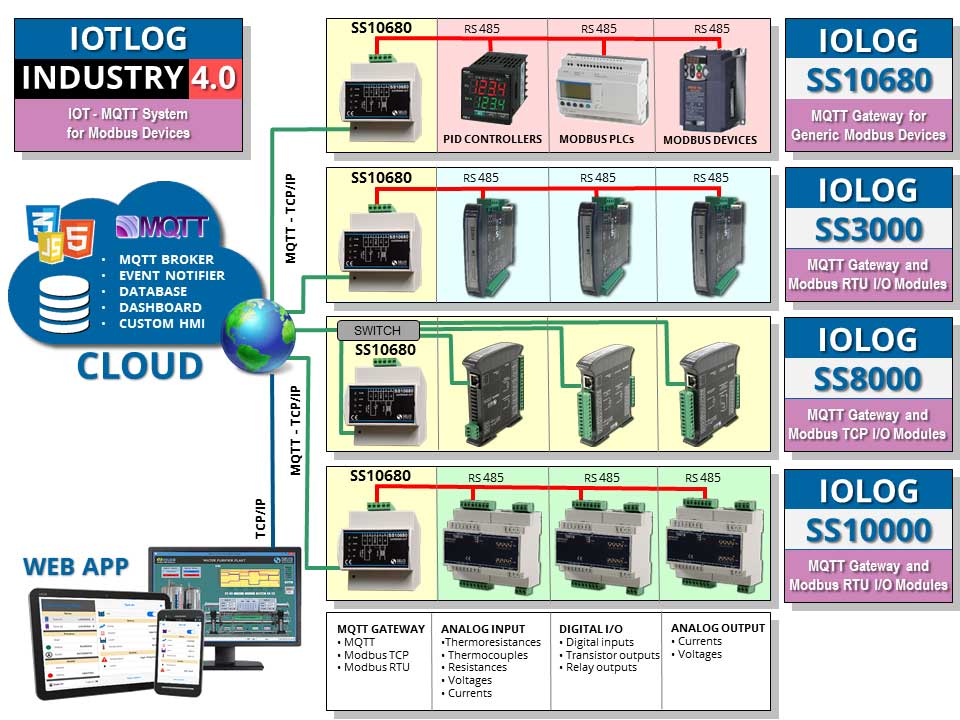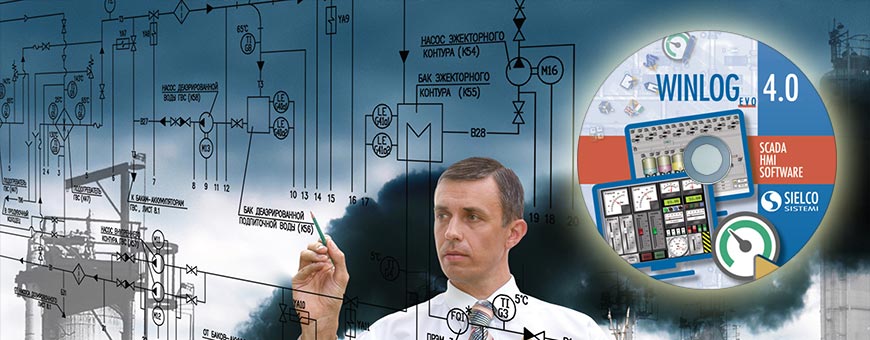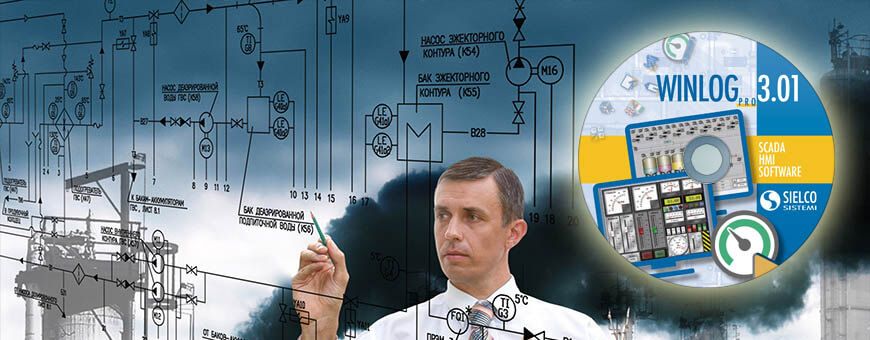SCADA applications provide several benefits, but having to highlight one in particular, we can say that they replace the man in carrying out many routine and tedious tasks, which increases productivity, provides a faster management of alarms and reduces the risk of potentially dangerous situations for the environment. More generally, we can say that SCADA applications:
- Provide a large amount of information. All system status information, both acquired from the field sensors and provided by real-time control devices (PLC), is collected, saved and made available for further processing, aimed at quality control, efficiency gain and production optimization.
- Provide a synthetic and clear picture of the production plant. A series of templates, that are part of the human-machine interface (HMI), provide the operator with a graphical picture of the whole process, its evolution over time and the unexpected deviations (alarms). By this way all information relevant to the process are translated into a visual language of easy understanding for the operator.
- Can grow and adapt easily to the growth of the company. The modular and flexible structure of SCADA software makes it possible to adapt to the different situations that arise when the company needs to grow or change, to respond to the challenges of a globalized market. The SCADA software includes, for example, all the development tools that allow to modify the SCADA application in order to provide communication with new devices, in a context characterized by a variety of transmission media and different communication protocols.
- Allow centralized control of remote units. Many companies, especially those that manage public service networks (water, electricity, etc.), are characterized by a structure distributed throughout the territory, which traditionally requires the fixed or programmed presence of technical staff for operation and maintenance. The SCADA application ensures remote control of peripheral units and allows technical staff to access all information with a simple browser.
|


